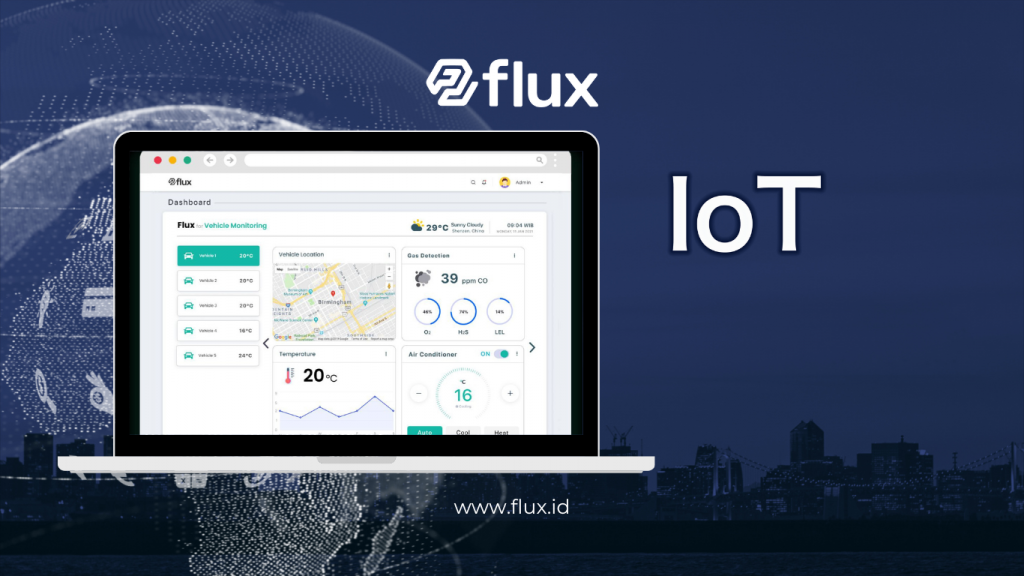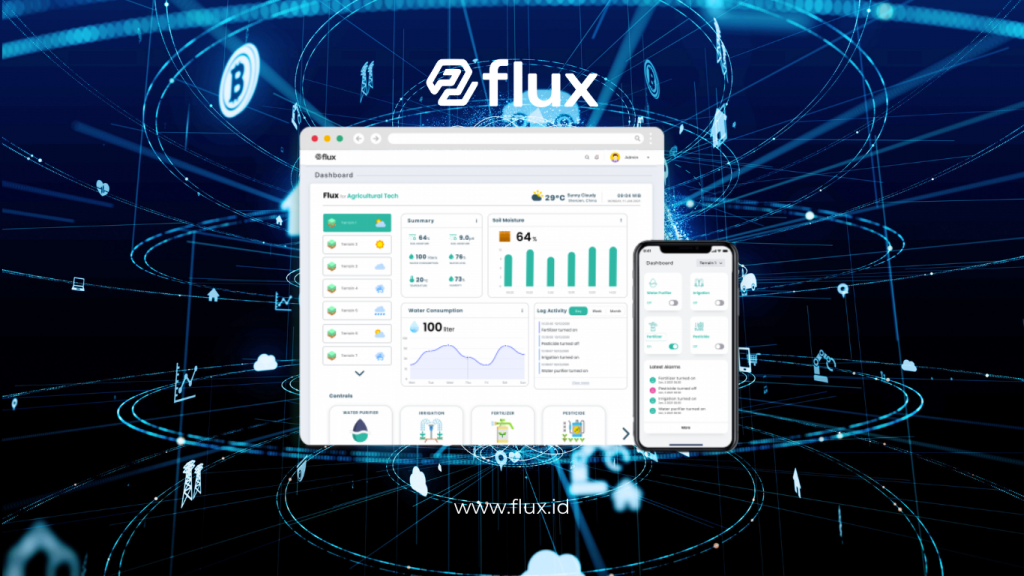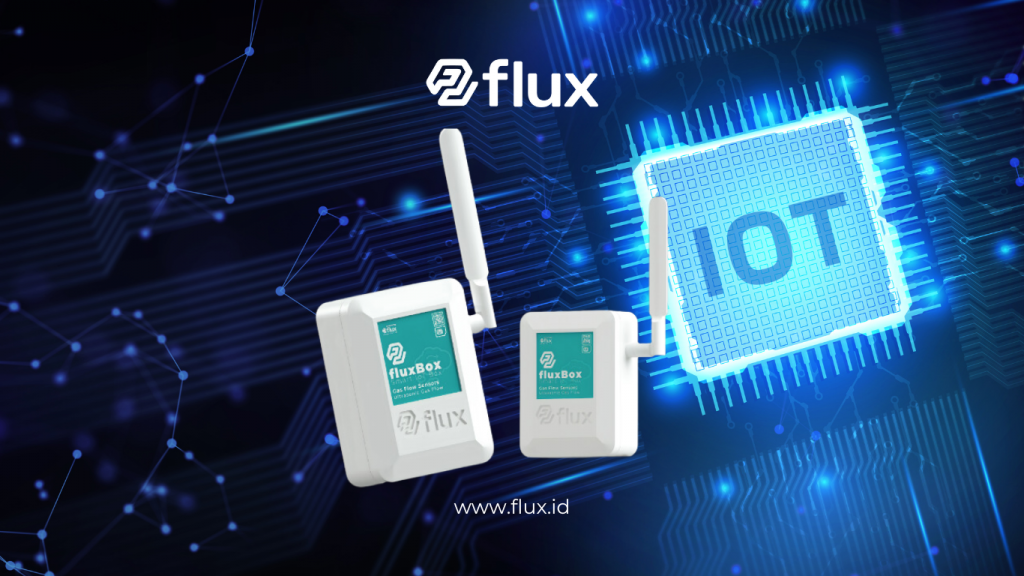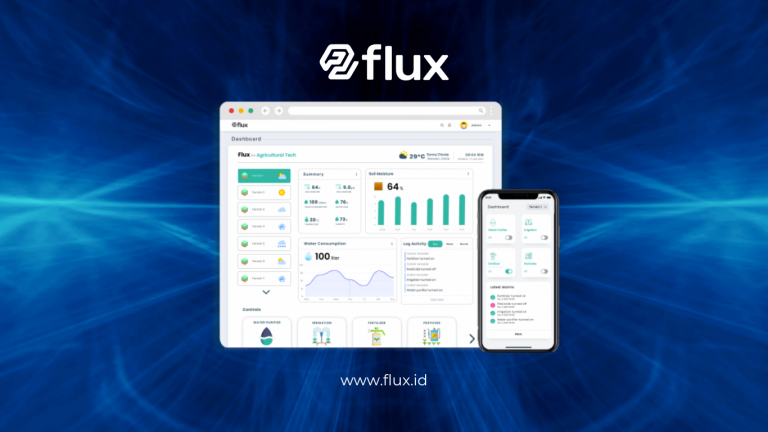Don't miss our holiday offer - 20% OFF!
In today’s digital era, the Internet of Things (IoT) has become an essential part of business operations and our daily lives. As more devices become connected, the challenges faced regarding the management, monitoring, and security of IoT devices are becoming increasingly complex. Flux has emerged as a leading solution to address these challenges, offering capabilities to securely and efficiently monitor and control IoT devices. This article will discuss the key features of Flux, its benefits, and how this technology can enhance your company’s operational efficiency.
Contents
Why Choose Flux for IoT Management?

1. Easy Integration
Flux is designed to connect with various existing IoT devices. With this capability, users can manage all devices within a single integrated platform, making workflow management more convenient.
2. Enhanced Security
Security is a top priority for users of IoT devices. Flux is equipped with a robust protection system, ensuring that all data collected from devices is secure from risks and cyber threats. With data encryption and tight access controls, Flux maintains the integrity and confidentiality of information.
3. Real-Time Data
One of Flux’s standout features is its ability to provide real-time data. Users can monitor the condition and status of their devices live, making decision-making faster and based on accurate information.
How Does Flux Work?

1. Data Collection from Devices
Flux collects data from various connected IoT devices. Each device sends current performance information to the Flux platform, ensuring users always receive accurate data.
2. Analysis and Visualization
Flux not only collects data but also analyzes it and presents it in an easily understandable visual format. Users can view graphs, reports, and summaries that aid them in understanding device performance and processes.
3. Automated Settings
With automation features, Flux can set and manage specific processes according to established parameters. Users can automate routine tasks, allowing them to focus on more strategic activities.
Benefits of Flux in IoT Device Management

1. Improved Operational Efficiency
Flux works to enhance operational efficiency by allowing the monitoring of all devices on a single platform. With real-time information, companies can identify issues faster and make necessary improvements.
2. Cost Reduction
With efficient management and automation, Flux helps companies reduce operational costs. These savings come from decreased downtime and improved resource utilization.
3. Improved Product Quality
By effectively monitoring devices, Flux helps companies ensure that all produced products meet the expected quality standards. Early detection of problems in the production process can lead to quicker corrective actions.
4. Enhanced Security
From a security perspective, Flux provides an additional layer of protection that helps safeguard company data from potential cyberattacks. This creates greater trust for users in managing their devices.
Applications of Flux Across Various Sectors

1. Manufacturing Sector
In the manufacturing industry, Flux is often used to monitor machine conditions and production processes. With real-time monitoring capabilities, companies can improve efficiency and reduce the risk of downtime.
2. Energy Sector
Flux is also highly beneficial in the energy sector, where monitoring energy consumption and emissions is crucial. By using the collected data, companies can make better decisions regarding sustainability and energy savings.
3. Healthcare Sector
In healthcare services, Flux helps monitor medical equipment and patient records. This not only improves operational efficiency but also ensures that patients receive optimal services.
4. Transportation Sector
Flux simplifies fleet management by providing tools for vehicle tracking and route optimization. This contributes to cost reduction and enhanced transport efficiency.
Best Practices for Implementing Flux

1. Structured Implementation Plan
Preparing a structured implementation plan is an important first step for the successful adoption of Flux. This plan should include a needs analysis and clear goal achievement.
2. Training for Users
Providing adequate training for Flux users is essential. Trained users will adapt more quickly, allowing the system to be utilized optimally.
3. System Customization
Each company has unique needs. Therefore, it is essential to customize the Flux platform to better fit the existing operational processes within the company.
4. Monitoring and Evaluation
Take the time to conduct regular evaluations to ensure that the Flux system functions well and meets the evolving needs of the company.
Conclusion
Flux from Nocola is a powerful solution for IoT device management. With features that integrate monitoring, data analysis, and automation, Flux enables companies to enhance their operational efficiency and effectiveness.
In the face of an increasingly connected world, adopting solutions like Flux is vital for success in the Industry 4.0. With the right implementation steps, we can move toward a more efficient and innovative future in device management. Let’s take steps together toward a successful digital transformation journey!





